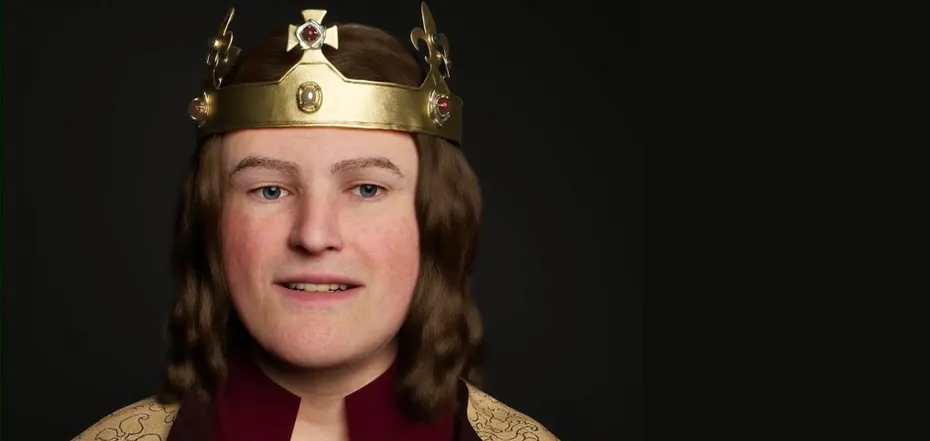
The voice of King Richard III, who died in 1485, recreated thanks to state-of-art technology. Video
Richard III has spoken. Thanks to modern technology, it was possible to recreate the voice of the medieval monarch.
The King of Great Britain was immortalized with Shakespeare’s words “A horse, a horse, my kingdom for a horse”. The latest technology has shown how this phrase could have sounded if it was the ruler who said it before his death at the Battle of Bosworth in 1485, NBC News reports.
The project, which has been in the works for 10 years, is the brainchild of Yvonne Morley-Chisholm, a vocal coach from England. Nurturing a dream to recreate the voice of Richard III, she turned to a team of scientists from the Face Lab at Liverpool John Moores University. Yvonne enlisted the support of leading experts in various fields to create a true-to-life avatar of the medieval monarch.
“That involved dentistry, physiotherapy, the craniofacial reconstruction, the original pronunciation, forensic psychology, all sorts. It took us 10 long years to put the pieces together in the puzzle because we wanted this to be based on evidence,” Morley-Chisholm said.
To understand what Richard’s words might have sounded like, Yvonne enlisted the help of a leading linguist and expert on 15th-century pronunciation, Professor David Crystal.
Crystal said that he created a “sound system” of the era by looking at the spelling of words, the rhymes that were in the poetry of the time, and what Richard’s contemporaries wrote about the spelling and pronunciation of English. According to him, the result is “not like any modern accent at all.”
“Nothing like this has ever happened before. This is as close as we can get. It’s 90% or so accuracy,” said David.
The skeletal remains of Richard III were found 12 years ago under a parking lot in Leicester, UK.
Thanks to computed tomography scans of the king’s skeleton, scientists were able to reconstruct his face and body. Scientists have discovered that although Richard had a curvature of the spine, he was not as hunchbacked as Shakespeare portrayed him.
“The skeleton has ruled out all the myths. He did not have a limp, a withered arm, a hunchback. He was able to speak in public. Without the discovery of his mortal remains, this project would not have been possible,” emphasized Yvonne.


Comments (0)